Ms. Tran Thi Mai (Ba Dinh District, Hanoi) asked: Can the doctor tell us the importance of first aid for drowning children and how to give first aid properly?
Regarding this issue, Dr. Phan Huu Phuc, Director of the Institute for Training and Research on Child Health, Deputy Head of the Department of Internal Medicine Intensive Care (National Children's Hospital) shared: Initial first aid for drowning children is very important because the main cause of death in drowning children is brain damage due to lack of oxygen. The maximum time the brain can withstand lack of oxygen is only 4-5 minutes, if this time exceeds, it will lead to irreversible brain damage, causing death or neurological sequelae. Therefore, when seeing a drowning child who is unconscious, not breathing, or has cardiac arrest, it is necessary to perform cardiopulmonary resuscitation (mouth-to-mouth resuscitation, chest compressions) immediately, not missing the golden time to save the child's life.
Children who drown can suffocate, have cardiac arrest, and die quickly. Most children who drown and die or have neurological sequelae due to prolonged brain damage due to lack of oxygen are children who do not receive emergency care or receive improper initial first aid at the scene. An alarming fact is that despite the extensive communication by the health sector at all levels for many years, many people still do not have the proper first aid skills when approaching and handling cases of drowning children.
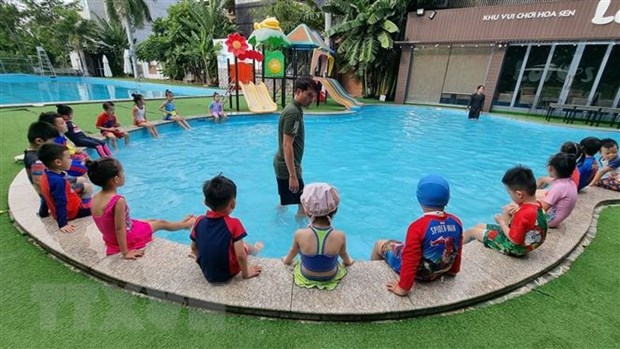 |
| Swimming lesson for primary school students at a school in Ninh Thuan. Photo: VNA |
To successfully resuscitate cases of cardiac arrest due to drowning, it is necessary to apply a combination of active resuscitation measures. In addition to conventional resuscitation measures, the National Children's Hospital has applied active hypothermia therapy, which means using devices to reduce the child's body temperature to 33-34 degrees Celsius for a few days to protect the brain, prevent further brain damage, and help it recover.
However, the indication and effectiveness of hypothermia therapy also depend on the duration of the child's cardiac arrest and whether the child receives timely and proper cardiopulmonary resuscitation. If the child's cardiac arrest is prolonged but during that time the child receives good cardiopulmonary resuscitation, the treatment outcome will be better. Conversely, if the child's cardiac arrest lasts 5-7 minutes but is not properly treated with initial emergency care, the treatment outcome will not be as positive.
In just 6 days (from May 30 to June 4, 2023), the Department of Internal Medicine Intensive Care (National Children's Hospital) admitted 7 children in critical condition due to drowning. Notably, 6 children were in critical condition due to incorrect first aid. Improper first aid will delay the golden time for emergency care, and can even cause other injuries to the child. When giving first aid to a child, be careful not to turn the child upside down on your shoulder and run, causing the stomach contents to reflux into the airways; do not delay cardiopulmonary resuscitation (chest compression, mouth-to-mouth resuscitation), wasting the golden time to save the child's life; do not stop cardiopulmonary resuscitation if the child is not breathing; when performing external chest compressions, do not press too hard on the chest as this will break the ribs and contusion the lungs; all drowning children need to be taken to medical facilities for further examination and monitoring of complications after drowning; People who cannot swim should not jump into the water to try to save a child because they may endanger themselves.
| Health-related questions should be sent to the “Your Doctor” section, Economic-Social-Internal Affairs Editorial Department, People’s Army Newspaper, 8 Ly Nam De, Hang Ma, Hoan Kiem, Hanoi. Email: [email protected], [email protected]. Phone: 0243.8456735. |
Source


![[Photo] Nhan Dan Newspaper announces the project "Love Vietnam so much"](https://vstatic.vietnam.vn/vietnam/resource/IMAGE/2025/4/17/362f882012d3432783fc92fab1b3e980)
![[Photo] National Assembly Chairman Tran Thanh Man meets with outstanding workers in the oil and gas industry](https://vstatic.vietnam.vn/vietnam/resource/IMAGE/2025/4/17/1d0de4026b75434ab34279624db7ee4a)

![[Photo] Closing of the 4th Summit of the Partnership for Green Growth and the Global Goals](https://vstatic.vietnam.vn/vietnam/resource/IMAGE/2025/4/17/c0a0df9852c84e58be0a8b939189c85a)
![[Photo] The beauty of Ho Chi Minh City - a modern "super city" after 50 years of liberation](https://vstatic.vietnam.vn/vietnam/resource/IMAGE/2025/4/18/81f27acd8889496990ec53efad1c5399)
![[Photo] Promoting friendship, solidarity and cooperation between the armies and people of the two countries](https://vstatic.vietnam.vn/vietnam/resource/IMAGE/2025/4/17/0c4d087864f14092aed77252590b6bae)




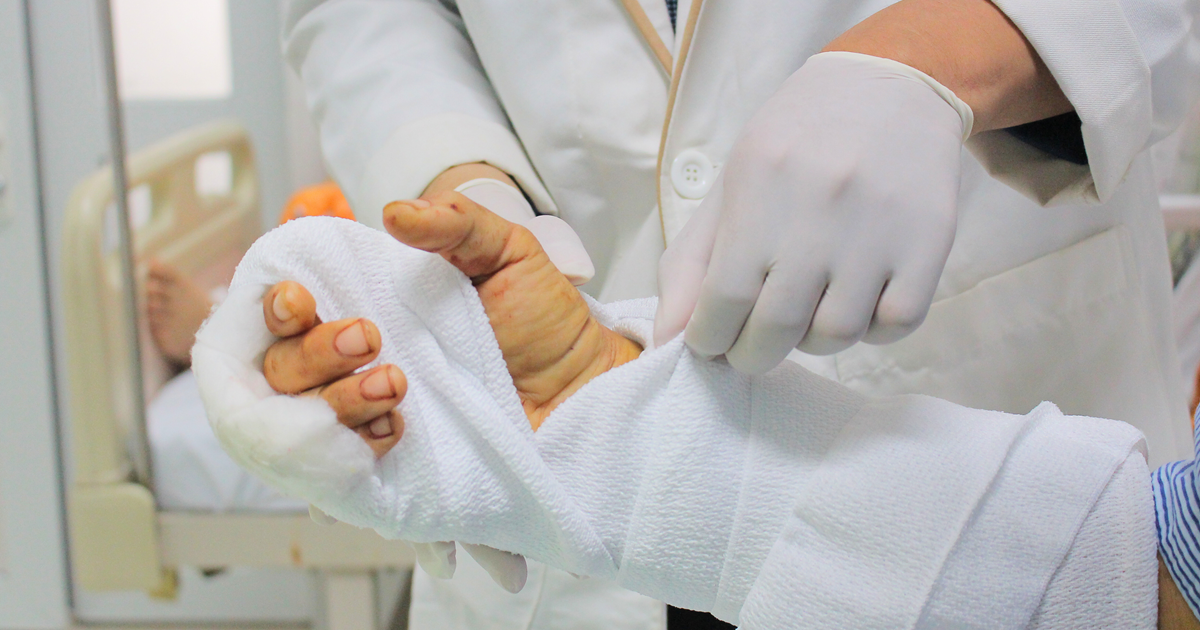

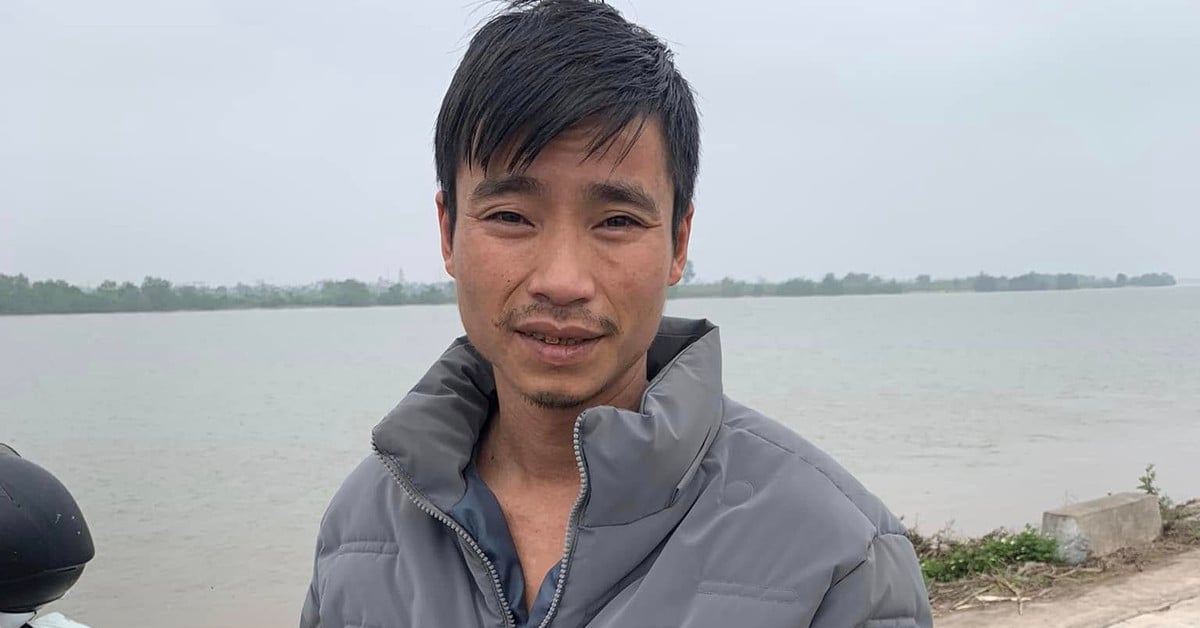

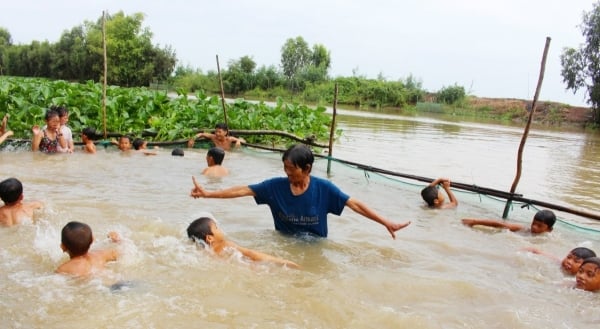

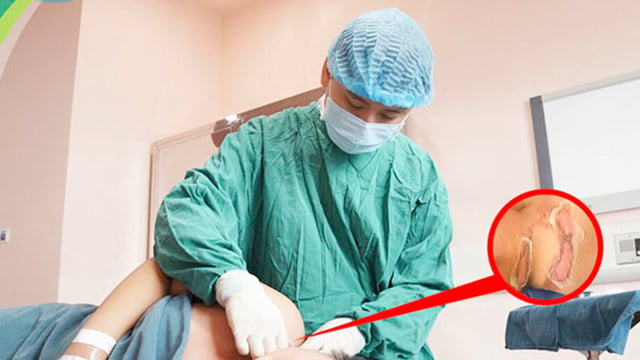

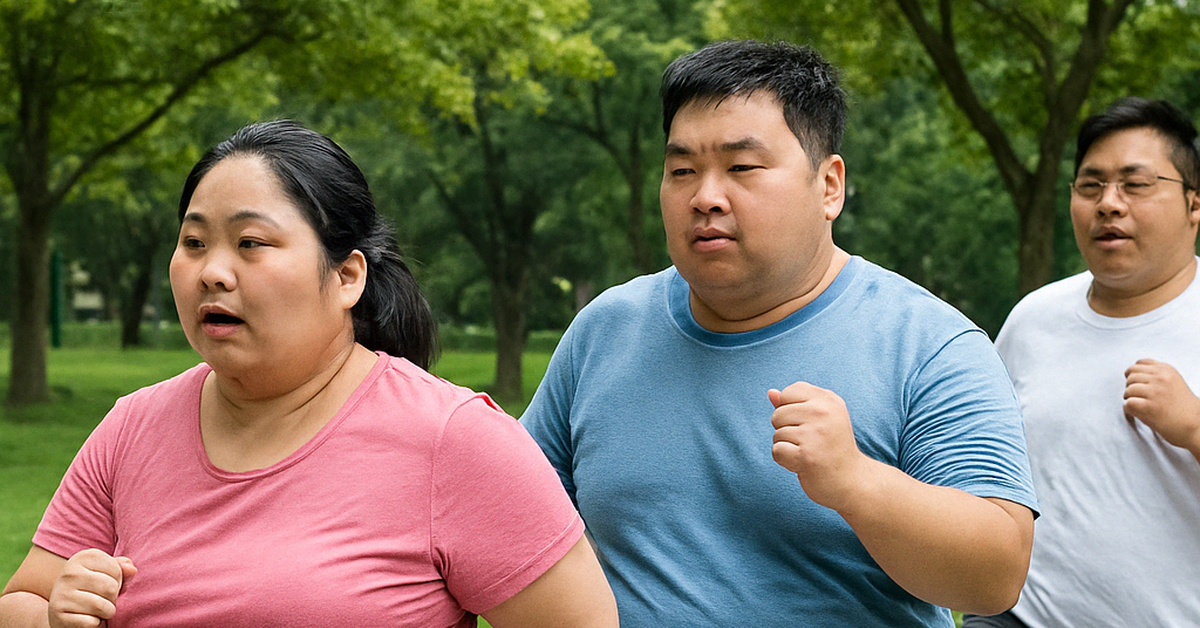



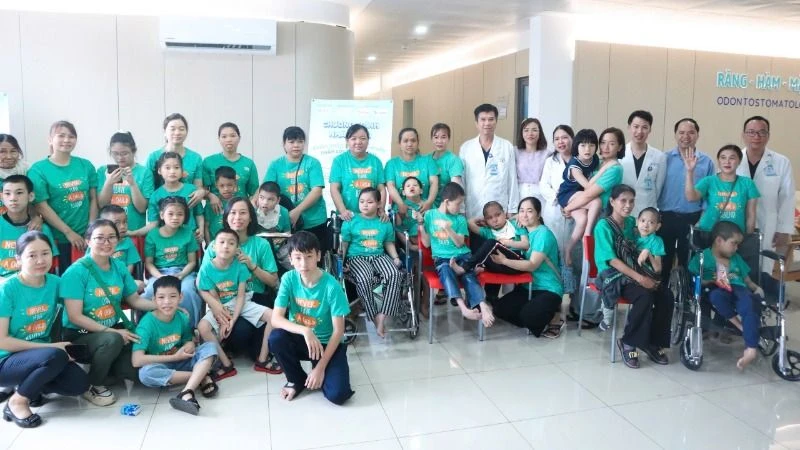
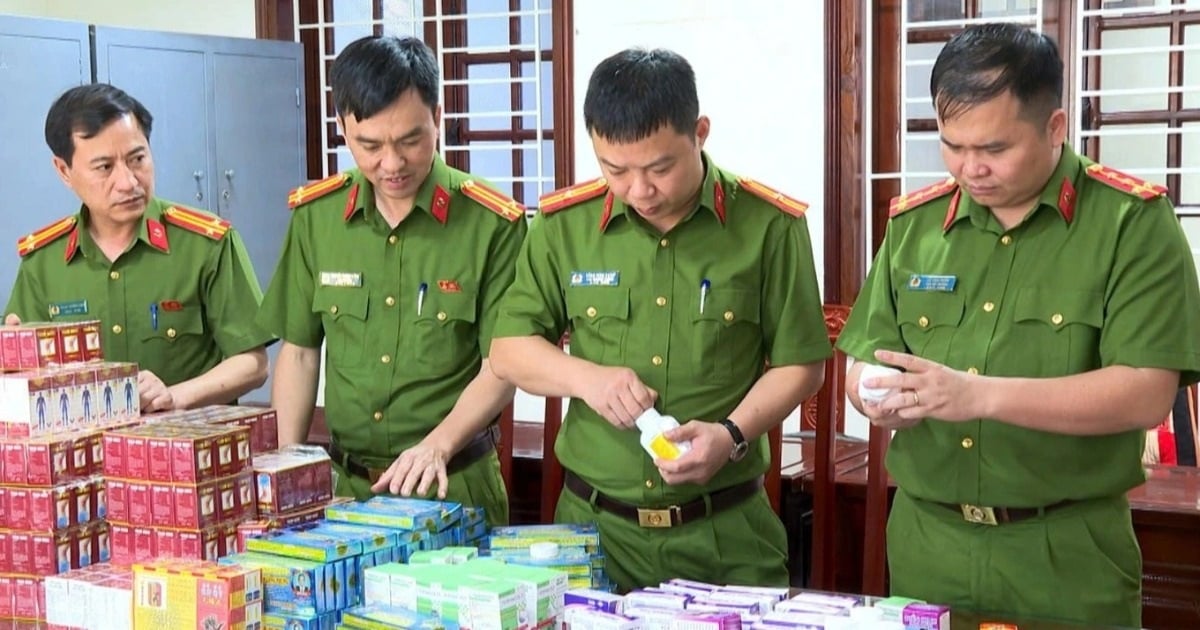





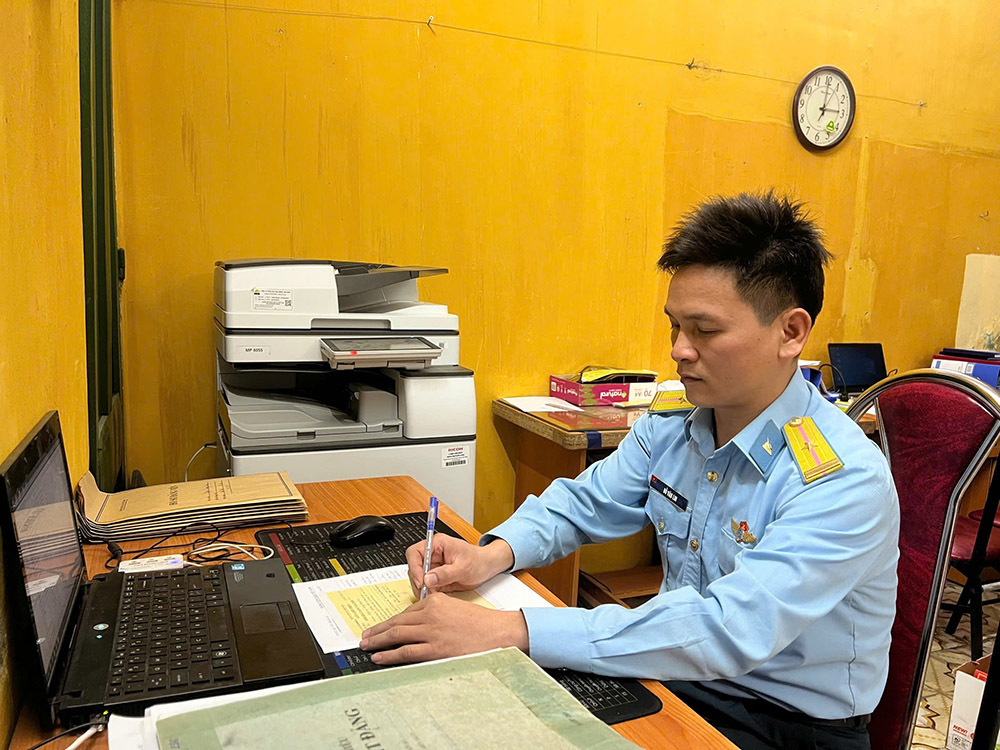


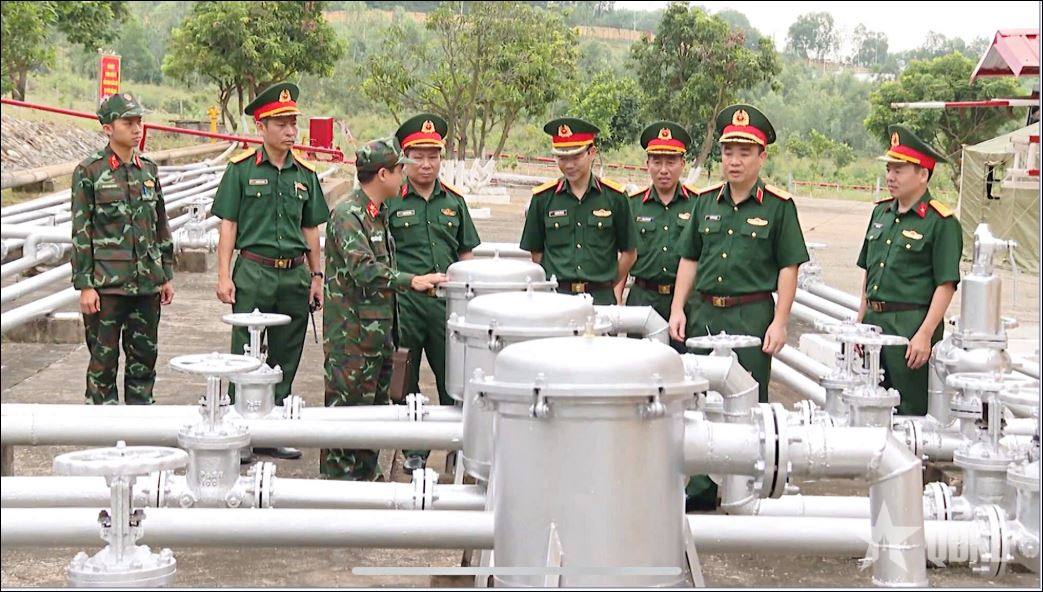

![[Photo] General Secretary To Lam receives French Ambassador to Vietnam Olivier Brochet](https://vstatic.vietnam.vn/vietnam/resource/IMAGE/2025/4/17/49224f0f12e84b66a73b17eb251f7278)
























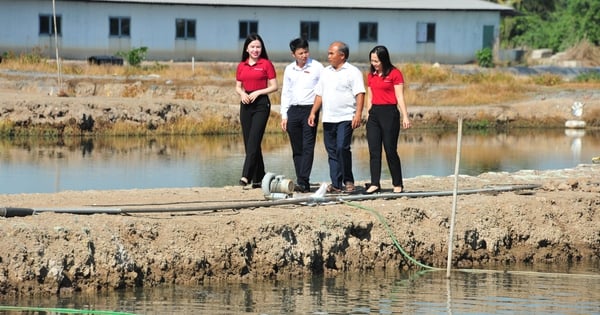





















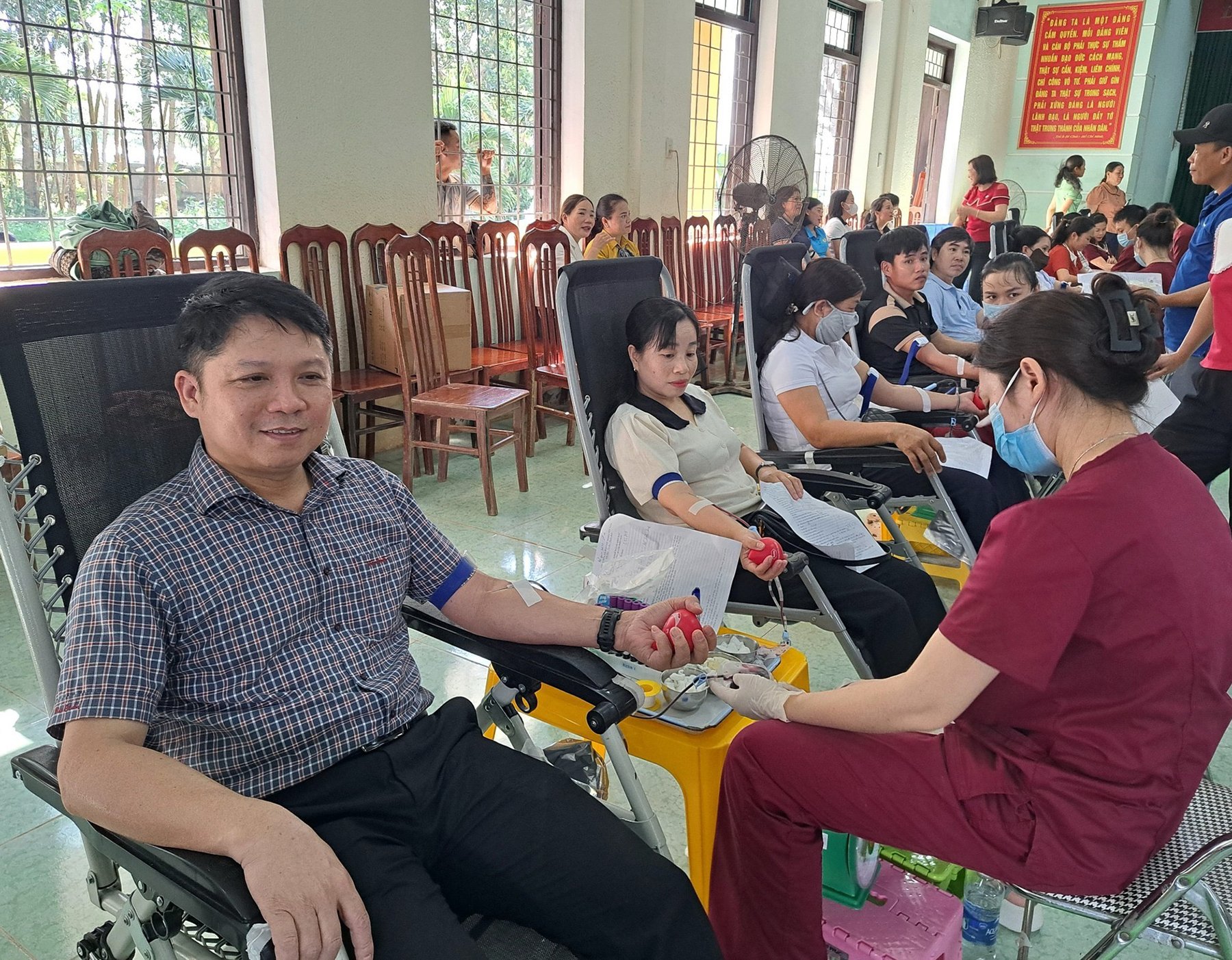

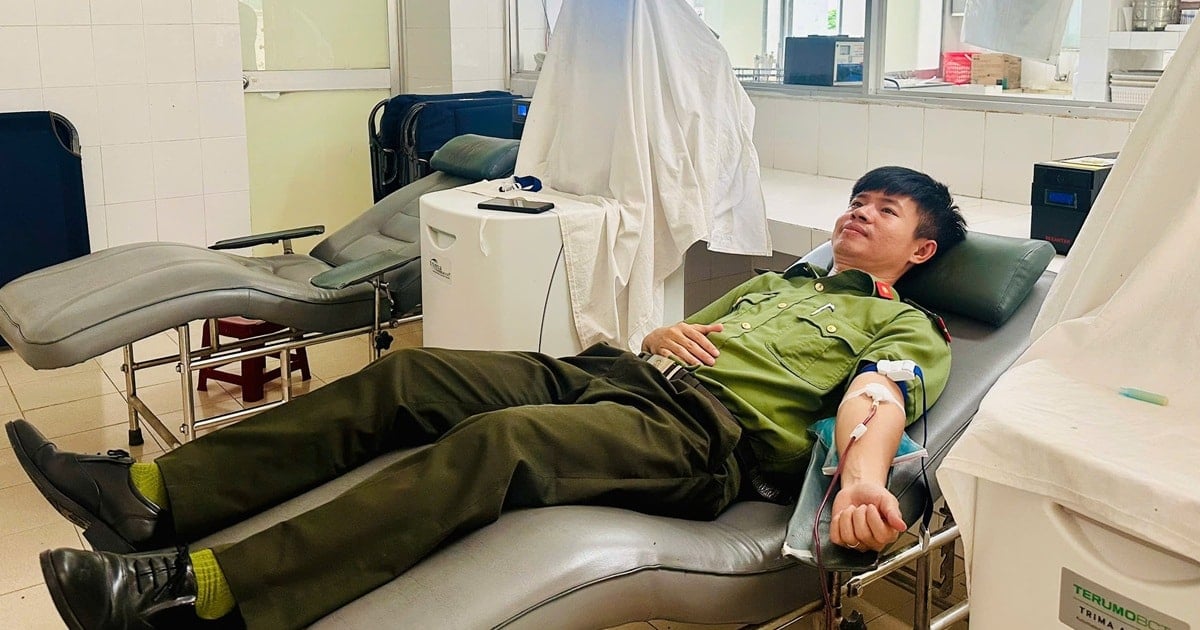














Comment (0)